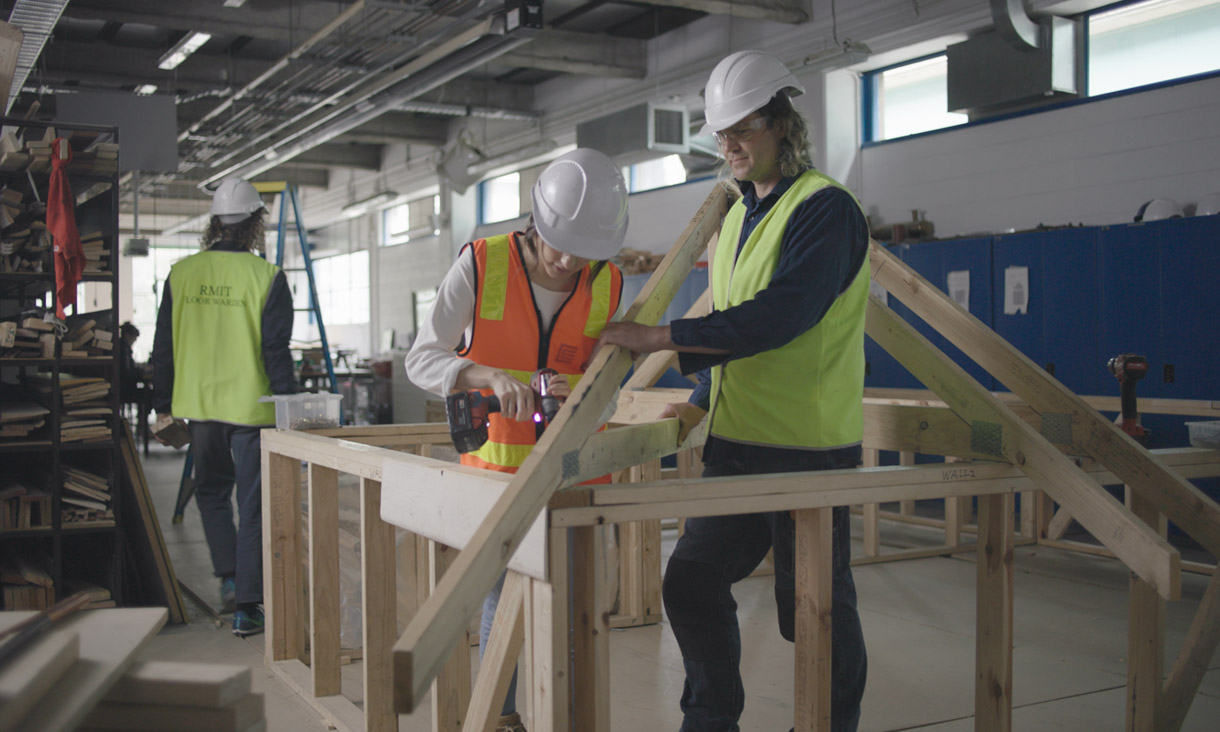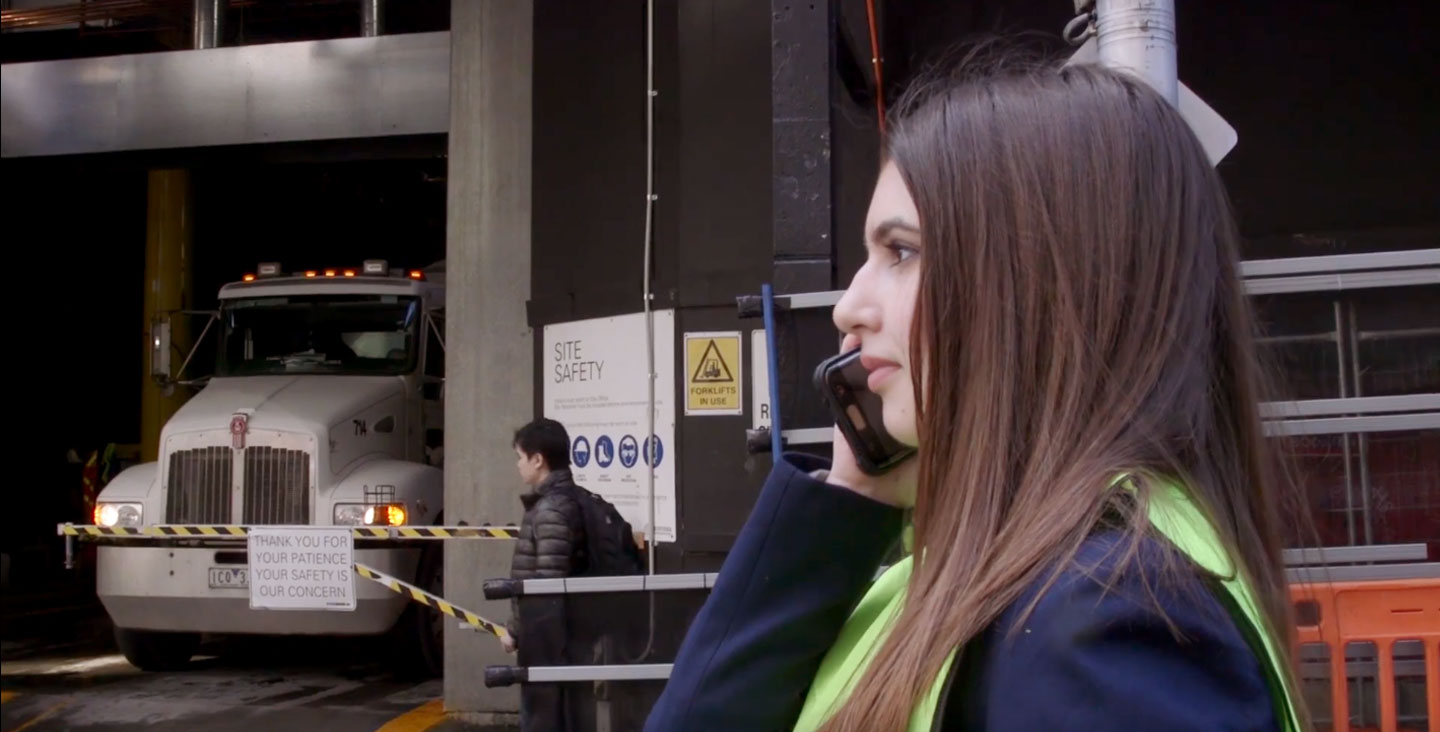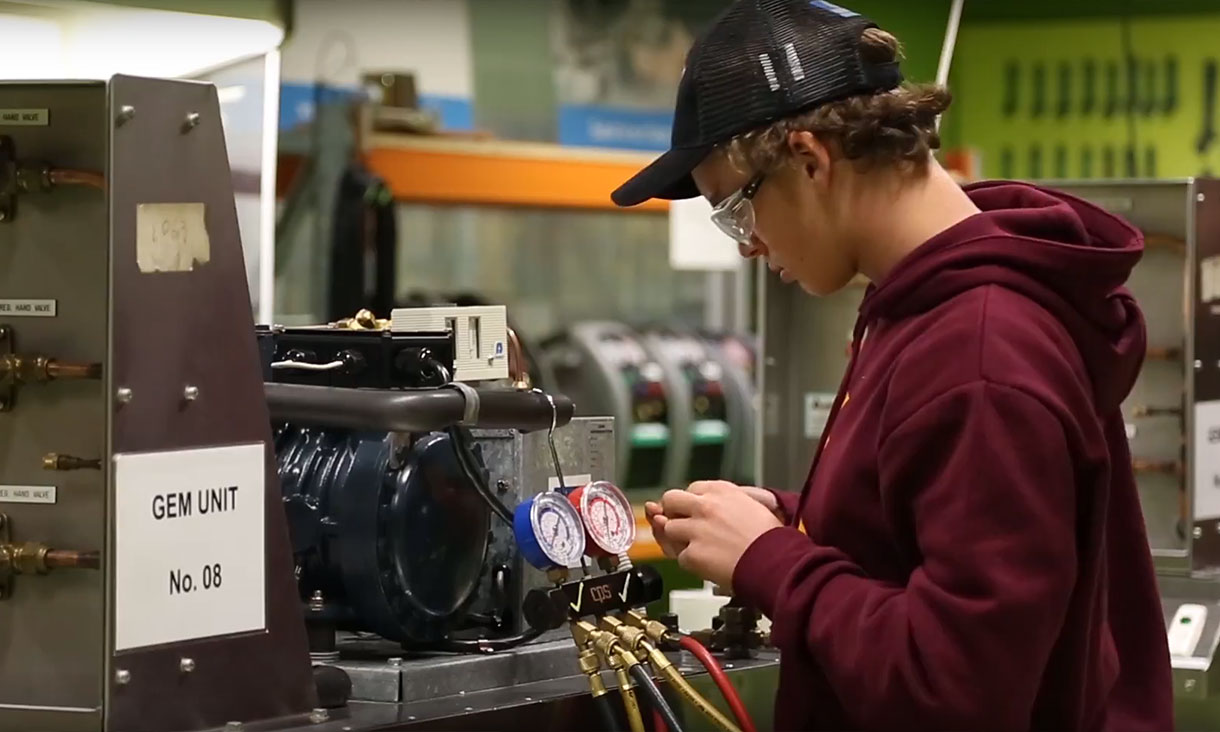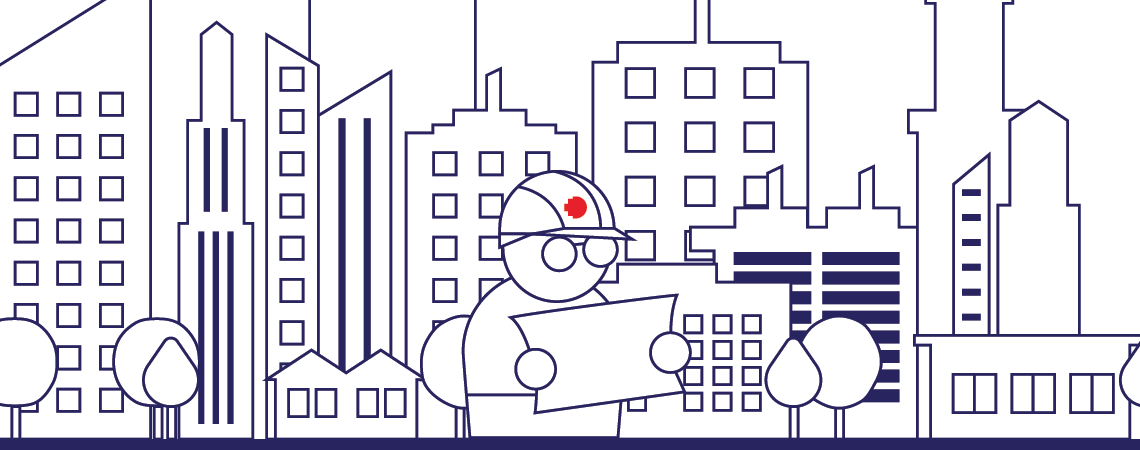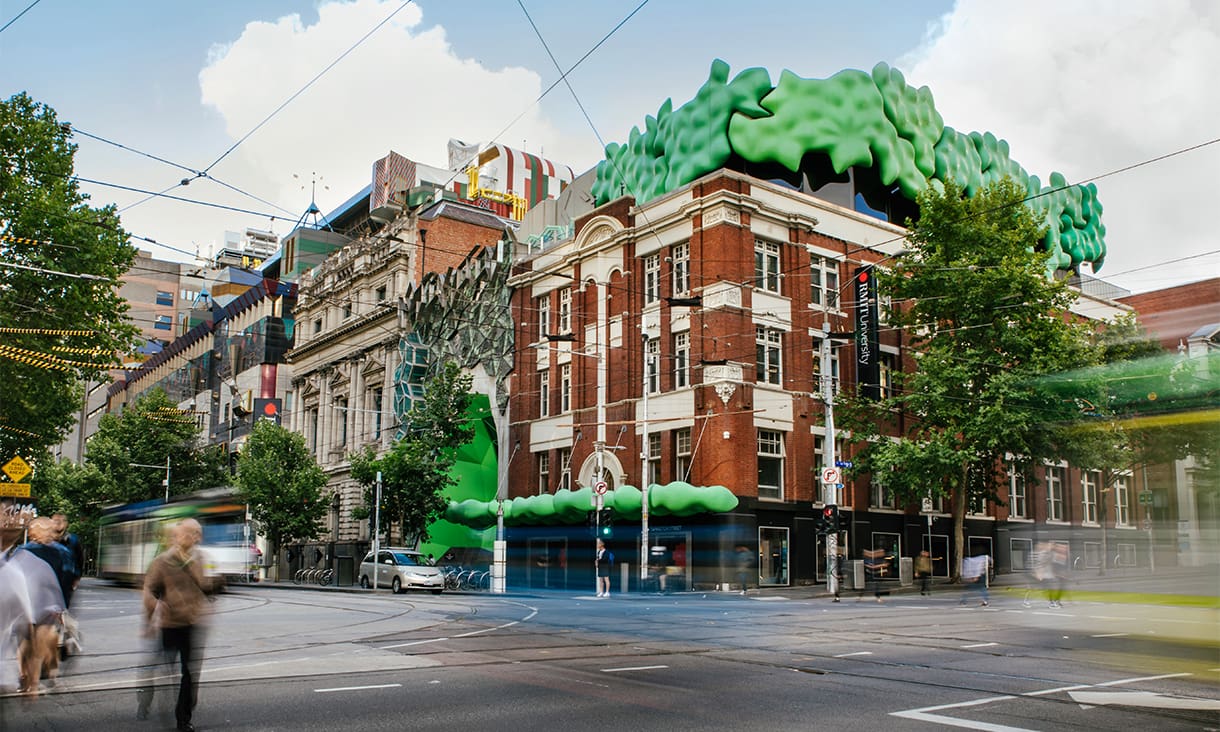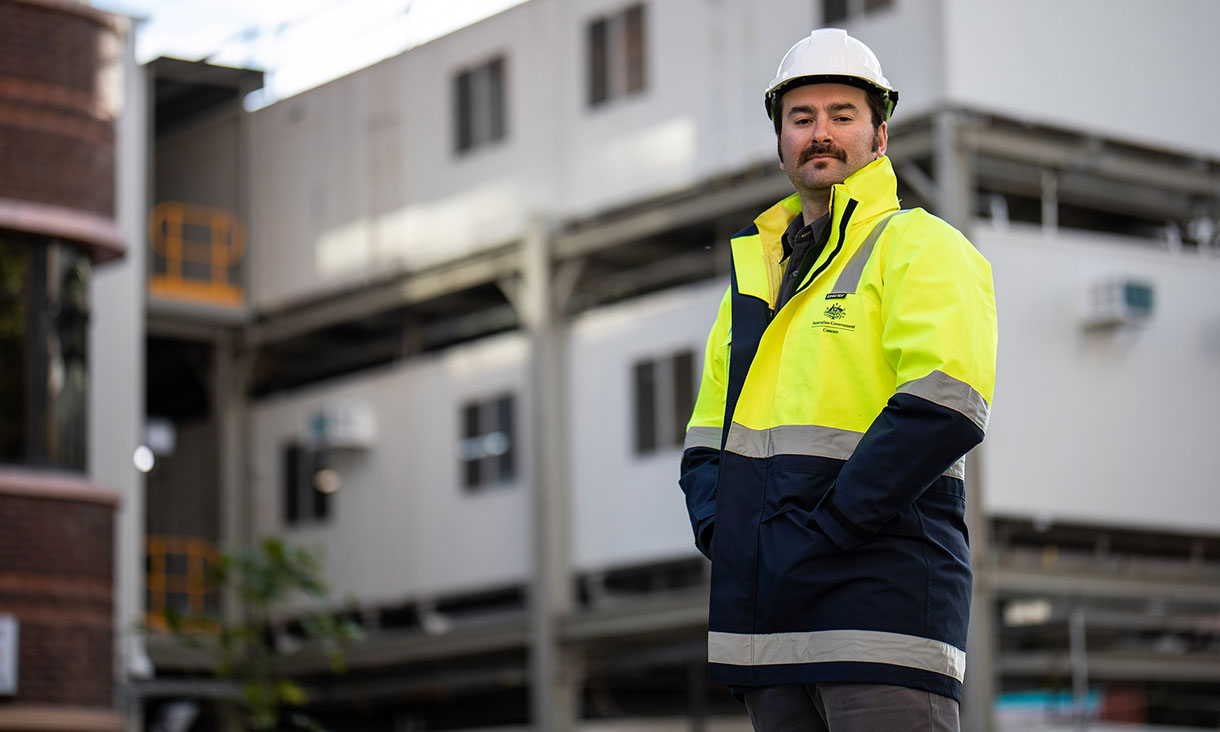Property
Gain the real-world edge by learning alongside industry in property development, valuation, investment and management at the #2 university in Australia for Built Environment studies*.
Architecture
Develop advanced design skills and a rich understanding of the infrastructure supporting our growing population at Australia’s #1 university for Architecture and Built Environment studies*.
Engineering
RMIT's engineering courses empower you to explore the possibilities of tomorrow through a wide range of disciplines, spanning from civil and mechanical to biomedical and environmental engineering.



